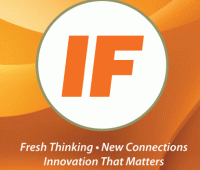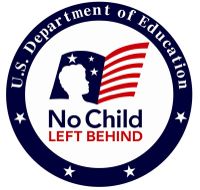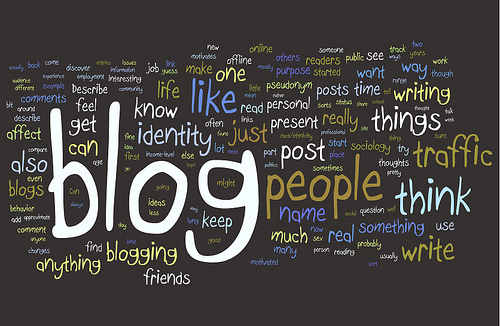
nclb logo
Periodically I think about the ironies of NCLB. Today, coincidence put a face on it. It started when I read an article from the Contra Costa Times, a SF Bay-area newspaper. “Schools Pile On English, Math Classes” details how NCLB can impact the curriculum. Middle and high school students pulled out of social studies, science, art, music, and electives to make room for additional classes in remedial reading and math. I understand that literacy and numeracy are necessary foundations, but shouldn’t they be imbedded into content of the very courses that are being cut? (For more on that point visit my website Content Reading Strategies That Work )
As the article noted,
Jason Ebner used to teach history at Antioch Middle School. That was before it became a thing of the past. Six years ago, he said, the campus began requiring two math classes for low-performing students. The following year they doubled up English courses. Social studies and science fell by the wayside. The practice has come back to haunt Ebner, who now teaches sophomore world history at Antioch High School. His students, robbed of history in junior high, increasingly come in without knowledge of the Renaissance period. more
Today I also received a invitation from a local art-house cinema. One of my former high school students would be visiting Rochester for a special screening of his Sundance-award-winning film. I was one of three teachers he wanted to invite as “special guests who he felt contributed to his film-making career.” I had lost track of him after graduation, but with some Googling I found that he was now working as a Brooklyn-based writer / director and teaching a class in the Dramatic Writing program at SUNY Purchase. If my memory serves me right, back in the late 70’s he was a student in my Media Studies class – a high school social studies elective that focused on the impact of the media on society – remember Marshall McLuhan?
I put the newspaper article and the invitation together and wondered about the direction some schools may take to reach NCLB’s goal of 100% proficiency by 2014. Will NCLB force a generation of students into the routine world of test prep? Will scores of innovative teachers will drop out of the profession?
While NCLB began with the admirable goal of narrowing demographic performance gaps and putting an end to sorting kids on the “bell curve,” it may be doing just the opposite. Many low performing students are now banished from courses they might actually look forward to and sent to 90-minute blocks of remediation. Ironically these low performing student tend to be from the very demographic groups that were falling behind in the performance gap. As if it isn’t enough of challenge to be poor, now you’re also shut out of art and music classes.
The “remediated” students may someday be “proficient” on standardized tests, but must that improvement come from the sacrifice of “soft skills” like teamwork, presentation and problem solving that they could have developed in project-based learning? As more courses are eliminated, will teachers be pushed aside in favor of computerized tutorial programs? Who’s going into education these days? My guess is – fewer creative teachers and more corporate service providers.
I wonder if someday a teacher will be thanked by a former student for helping their school to achieve “adequate yearly progress?”
Like this:
Like Loading...






